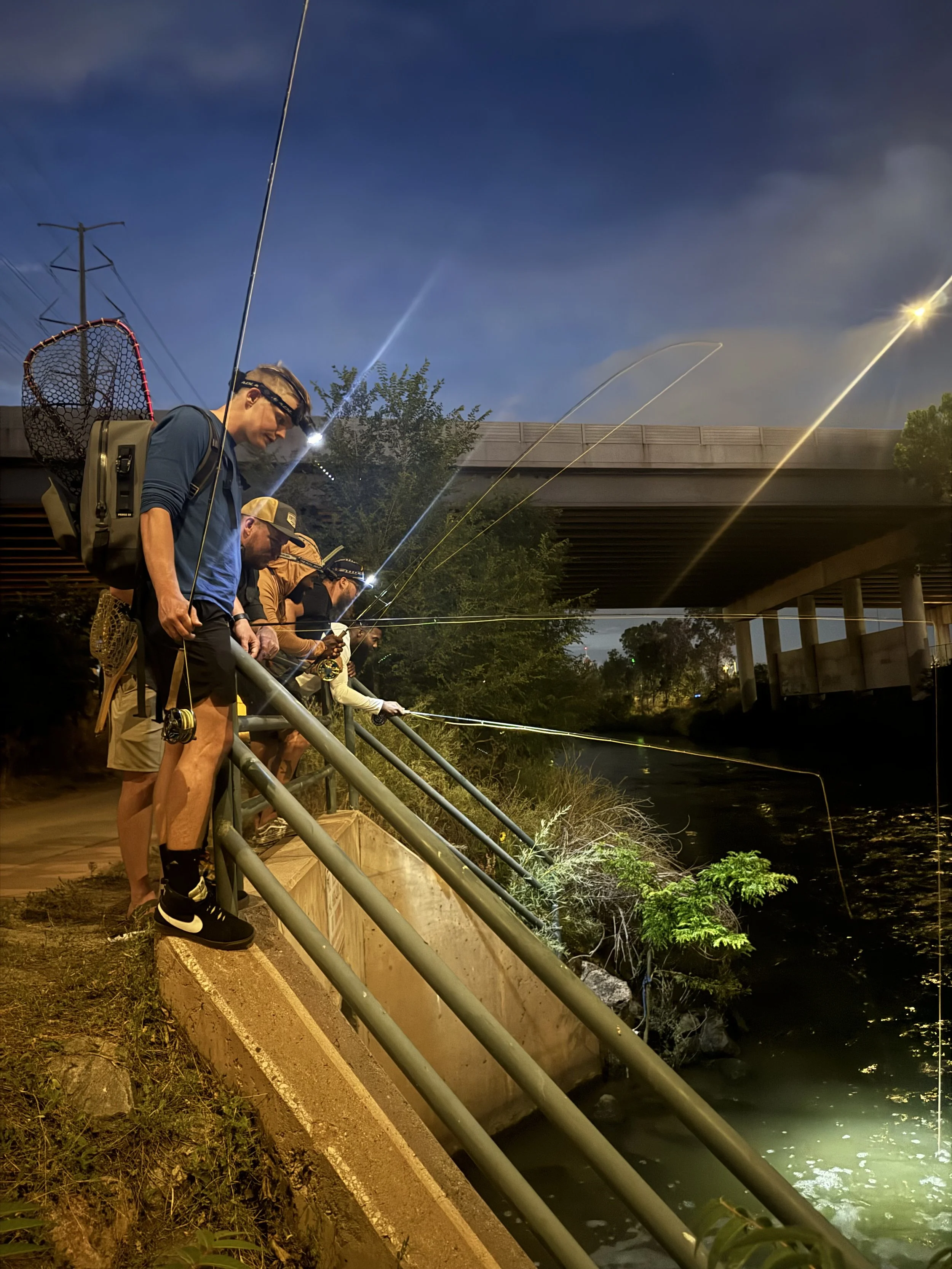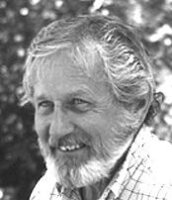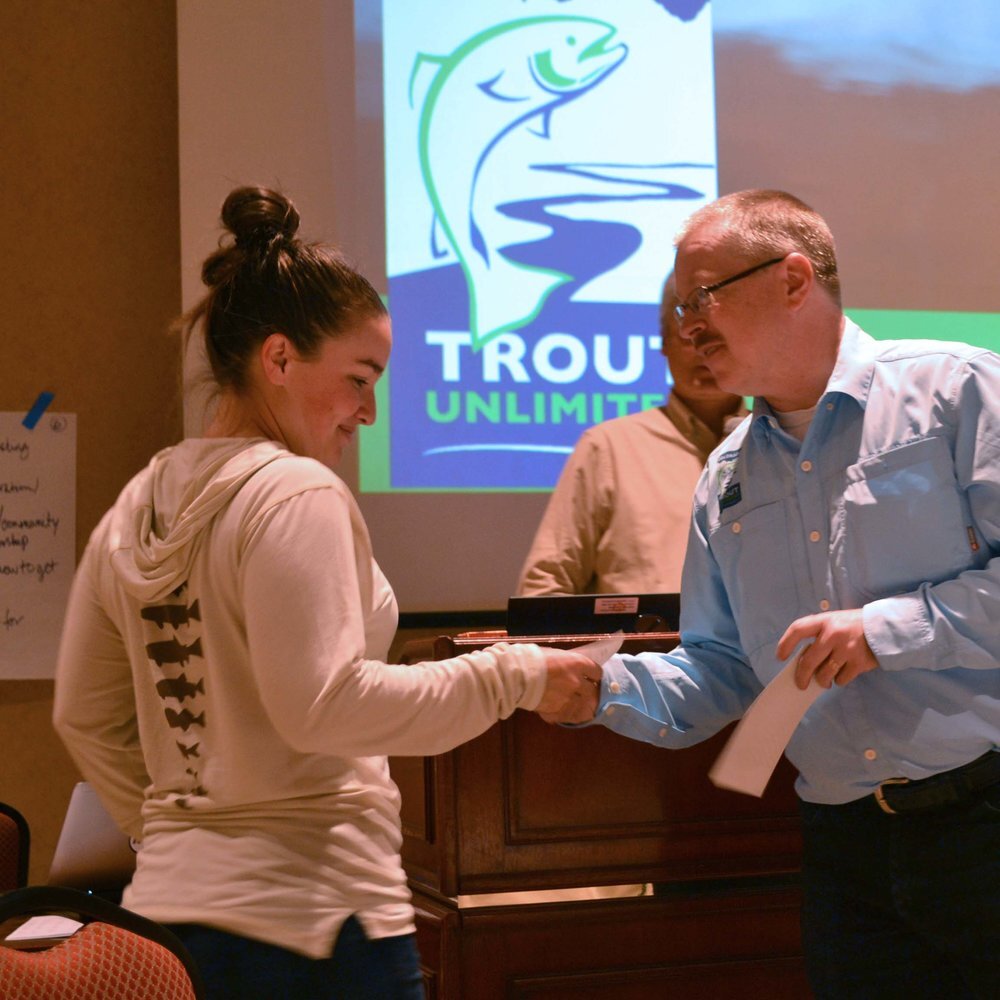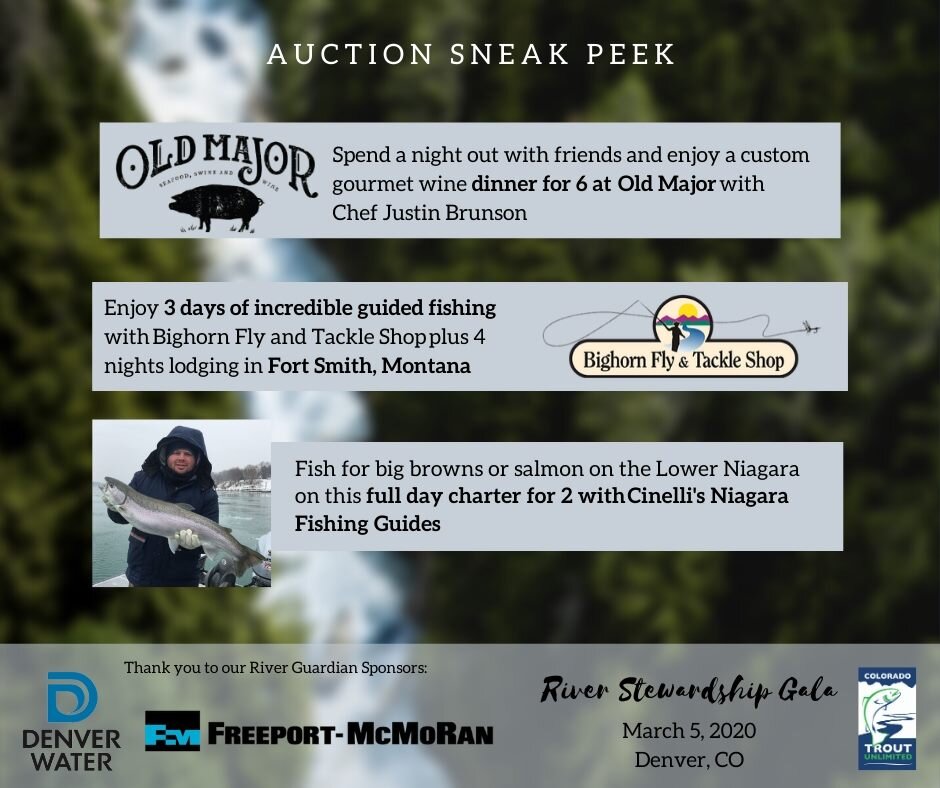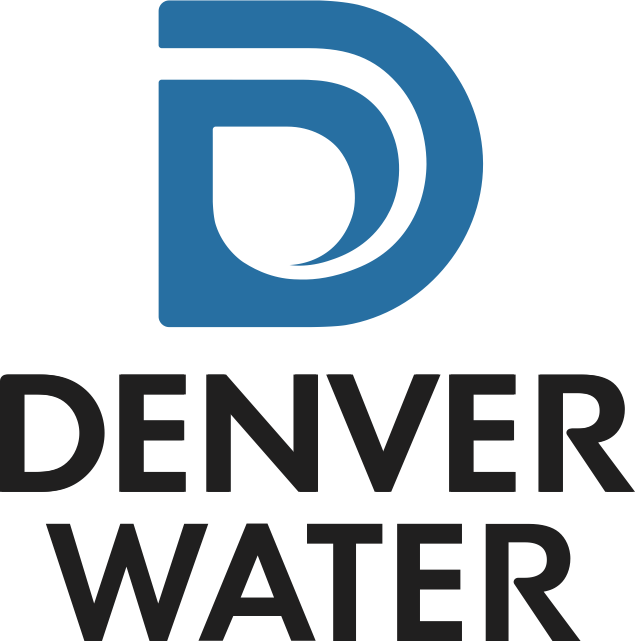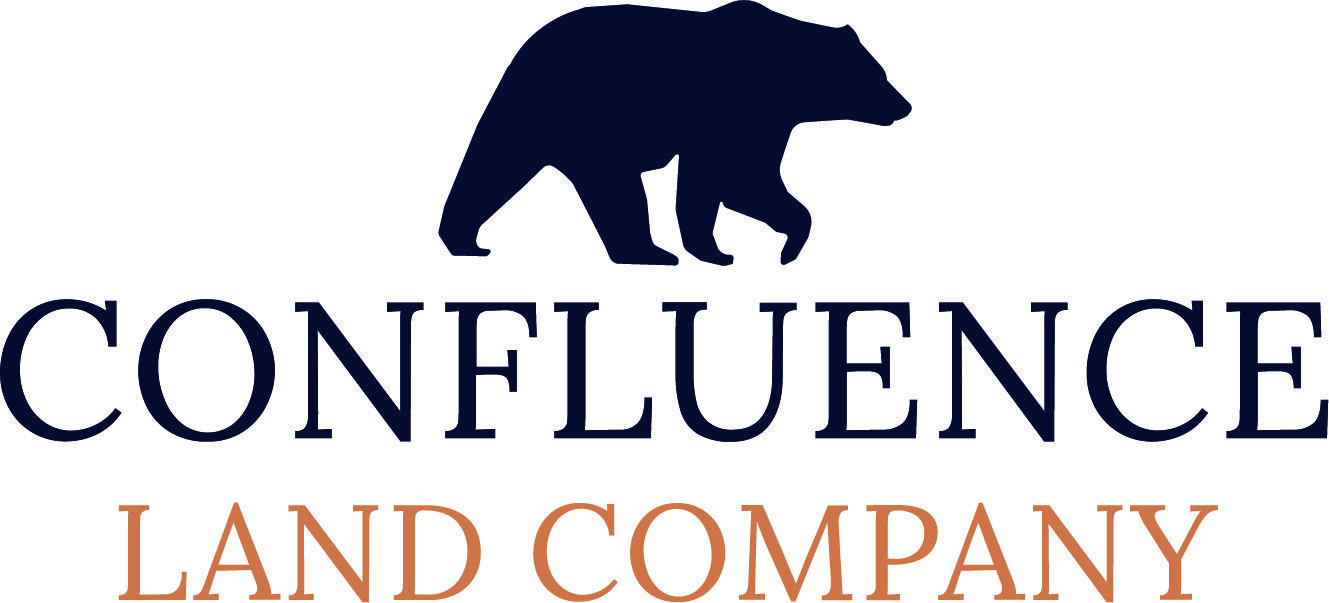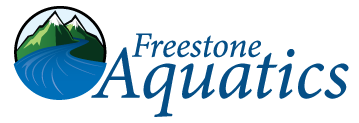January 2020 - Reposted from here.
MEEKER, Colo. – With support from Colorado Parks and Wildlife and in partnership with the Colorado Cattlemen’s Agricultural Land Trust (CCALT), another phase of the R Lazy J Ranch, located just 10 miles south of Meeker, was conserved in January. The conservation project ensured that an additional 2,500 acres of the ranch, known as the Ranch Estates Parcel, will be protected from future development.
This project is the latest accomplishment in a multi-phase conservation effort between landowner James Ritchie, CPW, and CCALT. After acquiring the property in 1989, Mr. Ritchie could see that the land was being utilized for more than just its agricultural operation and quickly recognized its wildlife habitat value. Beginning in 2012, Mr. Ritchie worked with CPW to place the northernmost 2,598 acres, known as the Homestead Parcel, in a conservation easement. For phase two of the project, Mr. Ritchie worked with CPW and CCALT to conserve the Ranch Estates Parcel.
Lying along Flag Creek and stretching up to the Grand Hogback (the western boundary of the Rocky mountains), the R Lazy J Ranch provides appealing habitat for big game and lies in one of the bigger deer and elk migration corridors. Additionally, bordered by Bureau of Land Management land, White River National Forest, and several other conservation easements, the property forms a significant block of undeveloped land for wildlife to thrive in - including the greater sage grouse, Columbian sharp-tailed grouse, bald eagle, and greater sandhill crane - all state species of special concern.
“CCALT commends Mr. Ritchie and CPW for their dedication to this project,” said CCALT director of conservation transactions Molly Fales. “Without their patience, determination, and flexibility, this project would have fallen apart years ago. Their persistence has resulted in a spectacular benefit for the wildlife and people of northwest Colorado.”
“CPW can’t thank CCALT and Mr. Ritchie enough for helping us see this through,” area wildlife manager Bill de Vergie said. “They’ve been a fundamental part of this project and steadfast partners helping us with our mission of perpetuating the wildlife resources of our state. Together, we’ve secured over 5,000 acres of key habitat that will support wildlife for years to come.”
Mr. Ritchie has gone to great lengths to protect and improve this habitat, planting the hayfields with seed mixes specially designed by CPW and working with Trout Unlimited and the Natural Resource Conservation Service to update the irrigation system to increase productivity and improve the health of the Flag Creek corridor. Under his stewardship, beaver and willows have returned to Flag Creek. Now, with 2,500 additional acres of his ranch in conservation easements, those very qualities will be protected into perpetuity.
###
About The Colorado Cattlemen’s Agricultural Land Trust The Colorado Cattlemen’s Agricultural Land Trust (CCALT) is a nonprofit land conservation organization whose mission is to “…conserve Colorado’s western heritage and working landscapes for the benefit of future generations.”
About Colorado Parks and Wildlife Colorado Parks and Wildlife is an enterprise agency, relying primarily on license sales, state parks fees and registration fees to support its operations, including: 41 state parks and more than 350 wildlife areas covering approximately 900,000 acres, management of fishing and hunting, wildlife watching, camping, motorized and non-motorized trails, boating and outdoor education. CPW's work contributes approximately $6 billion in total economic impact annually throughout Colorado.
About Trout Unlimited Trout Unlimited is a non-profit conservation organization that works collaboratively to protect, reconnect, and restore cold-water fisheries.



